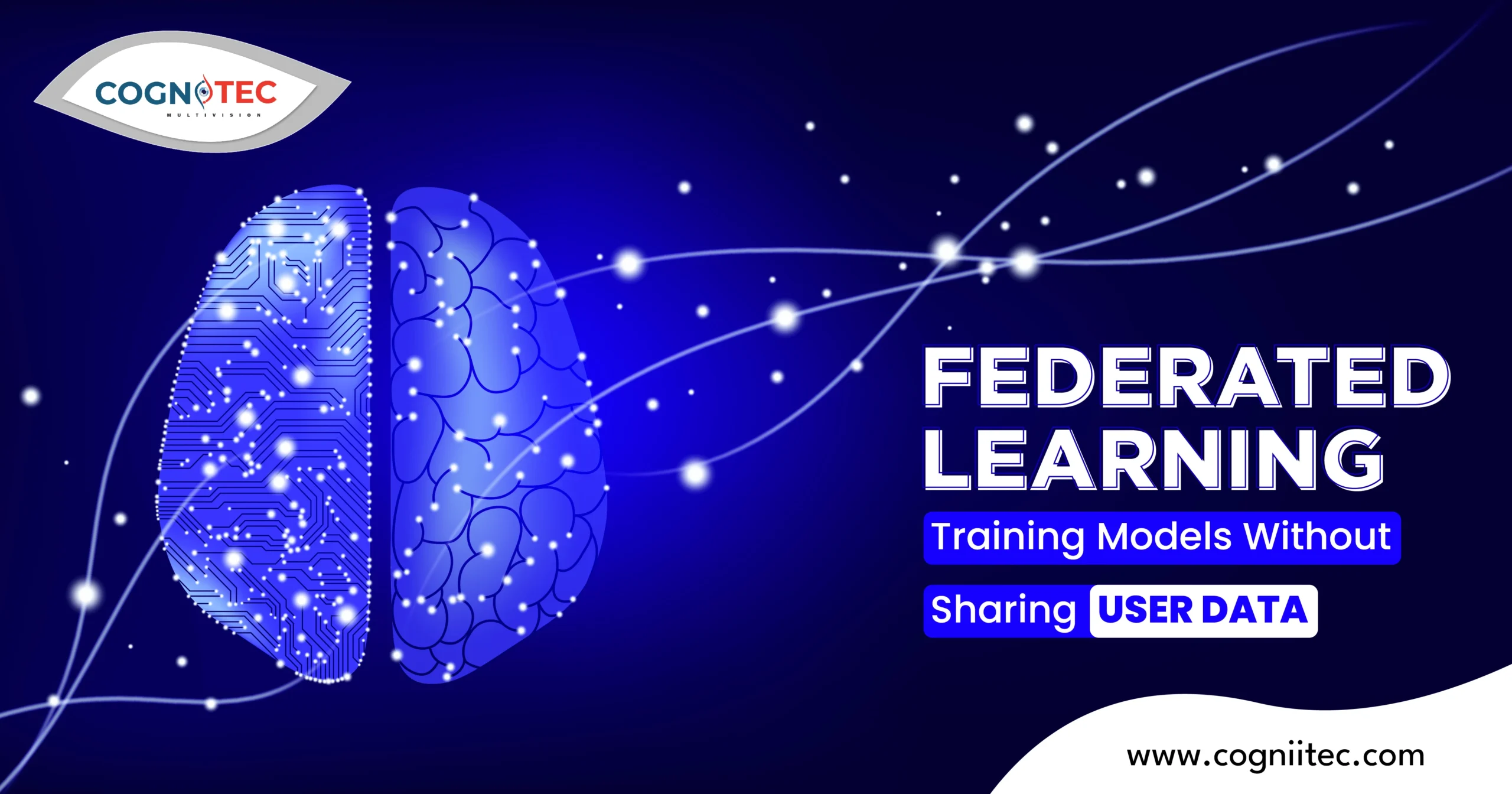
Training models without sharing user data are transforming the way organizations are thinking about artificial intelligence. Conventional machine learning may involve transfer of large volumes of personal information to a central server, which creates issues regarding privacy invasion and compliance-related threats. Using federated learning, the information is stored on user machines, and it is only the model updates that are exchanged. The solution is not only able to provide greater privacy of the data but also does not allow the sensitive data to be transferred outside of the user’s space, which is why the solution can be described as a breakthrough in such industries as healthcare, finance, and personalized mobile apps.
The Practical Federated Learning
Federated learning: Training models without sharing user data are based on decentralized cooperation. The model is trained locally on many devices as opposed to combining raw data into one system. Each device calculates their own part of the data and returns the modified parameters instead of the real information. Such updates are combined in order to enhance the global model. This provides the efficiency and at the same time the privacy of the user, a balance between performance and privacy, something that was hard to find before was now easily available.
Benefits to Sensitive Industries
The industries that require privacy in information, like healthcare, gain the most significant advantages of federated learning. Thousands of patient records can be trained in hospitals to provide diagnostic models without their personal information being disclosed. In the same way, the banks will be able to analyze the fraud detection models as well as the fact that customer financial data would never leave the branch level. All these advantages explain why training models without sharing user data is becoming a trend as a viable answer to contemporary privacy issues in regulated sectors.
Increased Trust and Compliance by the user
Relationships in the digital world have made trust a crucial element. Training models without sharing user data will enable organizations to gain confidence by demonstrating that privacy is a priority. This is a method that enables businesses to be innovative in a time of stringent data protection regulations such as GDPR and HIPAA. Organizations can be held accountable by storing data locally and in a safe place and still attain the advantages of machine learning. This mix of compliance and innovation develops better relationships with the users.
Technical Problems and Opportunities
Federated learning: training models without user data has its challenges, although it has potential. The variability of devices, lack of connectivity and uneven data distribution are a challenge to developers. Such barriers are however being overcome by the development of edge computing, 5G networks, and optimization of hardware. Federated learning will also become more efficient as infrastructure advances and companies will be able to deploy large-scale AI models which are powerful and privacy-preserving.
The Future of AI Development
Federated learning: It is training models without sharing user data , which is the next stage of AI development. It will be paved with intelligent applications in mobile phones, autonomous vehicles, and Internet of Things because it is decentralized and user privacy is prioritized. Training models without invading personal boundaries is the ability to be able to do something new in AI innovation. This may become the global standard of responsible machine learning as more people adopt it.
Conclusion: A Privacy Revolution
Training models without sharing user data is not only a technical improvement but it is also a paradigm shift. It does not consider user information as raw material to be centralized, but is respectful to privacy and facilitates collective intelligence. Incorporating security, compliance and performance, federated learning becomes one of the drivers of the future AI innovation. The growing privacy awareness of the digital world means that organizations will be able to keep innovating and gain and retain user trust with this model.
